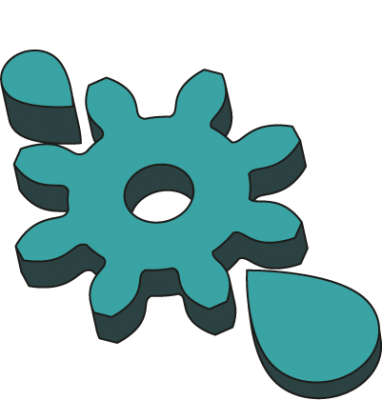
Geared (H)CVT Technology
Learn About (Hydrostatic) CVT TechnologiesThe concept of Geared is based on the uses of a variable displacement pump and a variable hydraulic motor. This results in a Hydrostatic CVT with a limited number of components and a very large transmission ratio. Another advantage is the scalability of the technology, which makes a larger power output available.
Geared HCVT is applicable to all types of vehicles, such as cars, trucks, buses and trains, but also in other work areas such as wind turbines, lifts and fans.
There is also a future for the HCVT in electric vehicles.
Geared Prototype
Geared External HCVT
Geared HCVT Variants
Geared Telescopic HCVT
Geared Gerotor HCVT
Geared Jens HCVT
Continuously Variable Transmission (CVT)
The Changing Landscape of CVT Technologies
Continuously Variable Transmission (CVT) is the collective name of an automatic or stepless gearbox. In 1958, the first CVT gearboxes were used in the popular DAF passenger cars under the name Variomatic. In 1970 the first metal push-belt CVT was invented that could transfer more power. This model of CVT is still used in passenger cars that need relatively less power.
Hydrostatic CVT
Hydrostatic Continuously Variable Transmission is a type of CVT that uses a variable displacement pump and a hydraulic motor. In the new Geared HCVT, the energy is transferred by means of a hydraulic fluid.

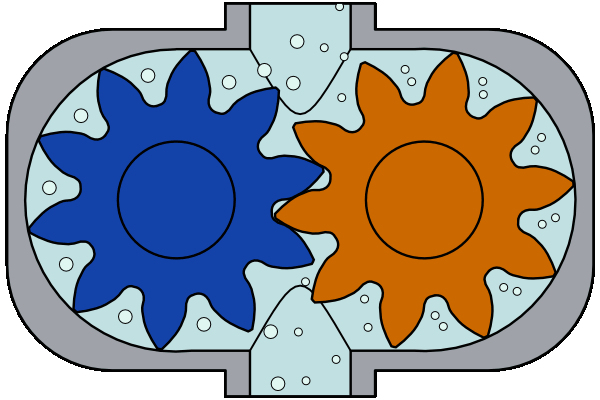
Fluid flow in a hydrostatic gear pump
Currently Used Transmissions
At present, different types of transmissions are used in vehicles. The most common of these is the manual gearbox (Manual Transmission/MT) with gear transmissions. By means of a gear shift, you can choose another gear or a different gear ratio. When accelerating and decelerating the vehicle, however, the velocity of the vehicle is never constant, so the engine does not continuously run at the ideal speed. This is in contrast to a CVT where the engine runs at the optimum speed regardless of the vehicle speed, as such the engine runs in the most efficient manner.
There are gearboxes that ‘automatically’ change gears or consist of two gearboxes that alternate with each other. These transmissions increase the efficiency a bit but they are also much more complex.
Of the one billion cars in operation around the world, 14% use a push belt CVT. Despite the fact that with a CVT the engine continues to run at the ideal speed, and therefore achieves considerable fuel savings and CO2 reductions, the system has some limitations. The current applications of the now widely used push belt CVT is largely in the passenger car market. Due to the principle of friction, the torque of these CVTs is limited to 400 Nm.
The Technical Mechanisms of the “Geared HCVT” Gear Pump
The three images below illustrate how the principle of the HCVT gear pumps work. Geared consist of two variable hydrostatic pumps working together to get the desired gear ratio. The total gear ratio in this example is 1:4.
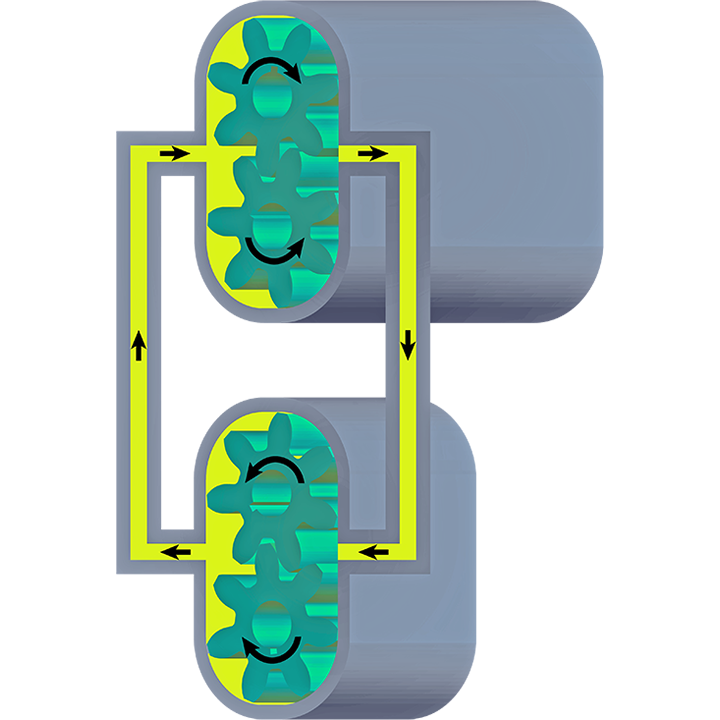
Pump Position 1
- The pump volume in the upper pump (input) is twice the size of the lower pump (output).
- Because both pumps are connected, they will pump the same volume per second.
- One rotation of the upper pump will result in two rotations of the lower pump.
The ratio is 1:2.
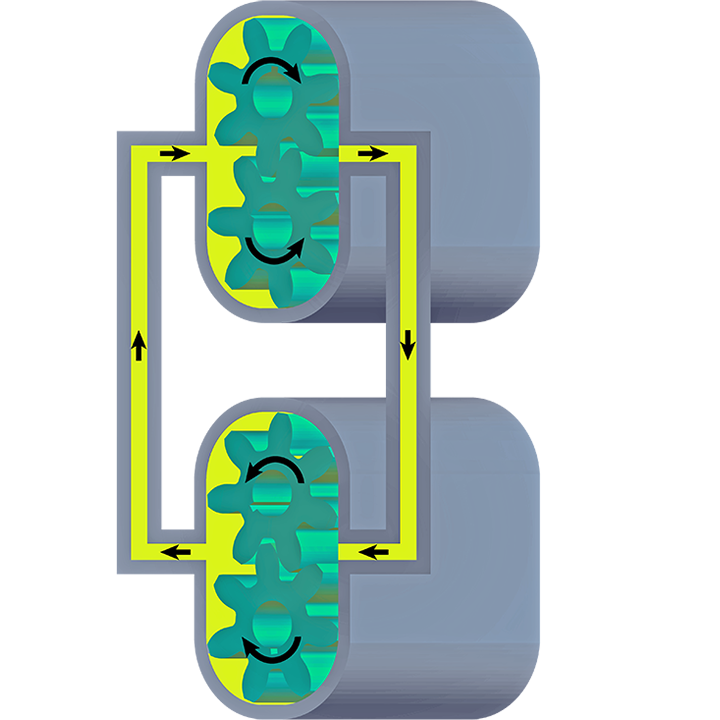
Pump Position 2
Both pumps are equal, one rotation of the upper pump will result in one rotation of the lower pump.The ratio is 1:1.
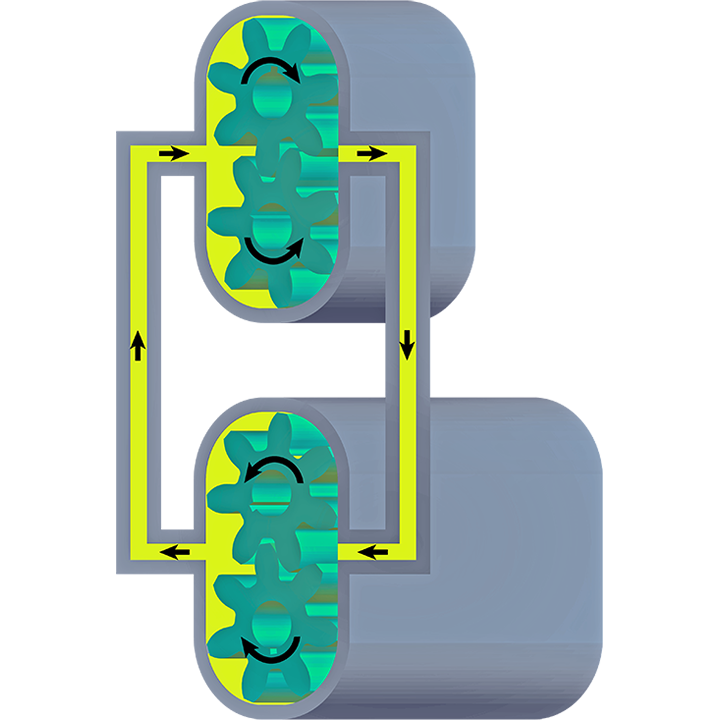
Pump Position 3
- The pump volume in the upper pump (input) is half the size of the lower pump (output).
- Because both pumps are connected, they will pump the same volume per second.
- One rotation of the upper pump will result in half rotations of the lower pump.
The ratio is 2:1 (or 1:0.5).
Geared HCVT compared to other transmissions
Manual/Automatic
CVT
Geared HCVT
High transfer ratio → High torque
High transfer ratio → High torque
High transfer ratio → High torque
High transfer ratio → High torque
Relative low manufacturing costs
Relative low manufacturing costs
Relative low manufacturing costs
Relative low manufacturing costs
Can be produced by any manufacturer
Can be produced by any manufacturer
Can be produced by any manufacturer
Can be produced by any manufacturer
Low friction → Less wear
Low friction → Less wear
Low friction → Less wear
Low friction → Less wear
Ratio shift in standstill position
Ratio shift in standstill position
Ratio shift in standstill position
Ratio shift in standstill position
Can powered on the output shaft
Can powered on the output shaft
Can powered on the output shaft
Can powered on the output shaft
Stepless transmission → Smooth driving
Stepless transmission → Smooth driving
Stepless transmission → Smooth driving
Stepless transmission → Smooth driving
Energy efficient transmission
Energy efficient transmission
Energy efficient transmission
Energy efficient transmission
Simple and stable construction
Simple and stable construction
Simple and stable construction
Simple and stable construction
Wide application area
Wide application area
Wide application area
Wide application area
